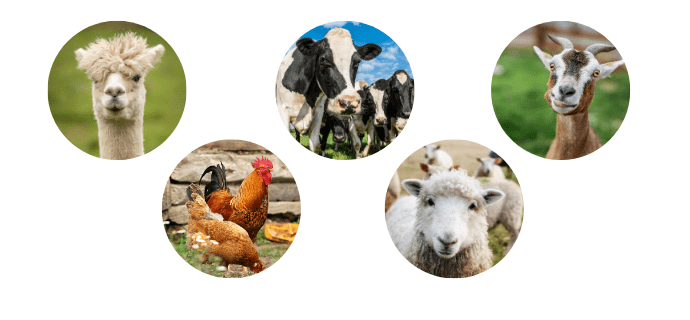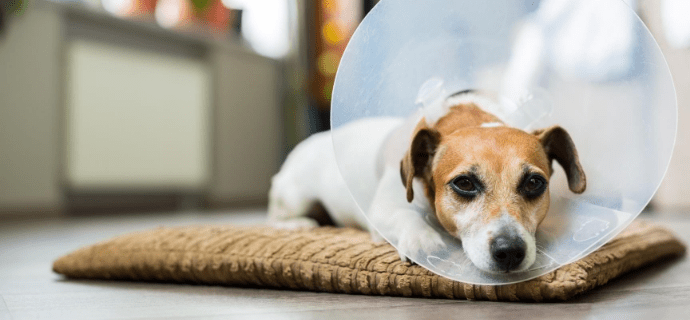Understanding Skin Cancer in Horses

Cancer is a prevalent concern across various species, affecting not only humans but also our beloved animal companions. While skin cancer may not be as commonly associated with equines, recent research sheds light on its occurrence and management in horses. At Animal Aunts, we care deeply about animals. That’s why we’re digging into this topic, to raise awareness. Let’s explore skin cancer in horses together and learn simple ways to prevent and treat it. Plus, hear a touching story from one of our own, Sarah.
Understanding Skin Cancer in Horses
Traditionally, cancer in horses has not received as much attention as in dogs and cats. However, emerging data suggests that skin cancer, particularly sarcoids, melanomas, and squamous cell carcinomas, is a significant concern among equines.
Sarcoids, a type of skin cancer, are the most common form of cancer in horses, often affecting multiple sites and appearing between the ages of two and ten. They are locally invasive but do not metastasize, impacting the horse’s comfort and potentially reducing its resale value. While the exact cause of sarcoids is still unclear, a genetic predisposition and transmission via flies are among the suspected factors, read more on that here.
Squamous cell carcinoma (SCC) ranks as the second most common form of cancer in horses. It is often linked to ultraviolet (UV) light exposure and typically affects non-pigmented areas of the skin, such as around the eyelids. Early detection and treatment are crucial to prevent metastasis and ensure successful outcomes. Melanomas, while more commonly associated with grey horses, can also affect other coat colours. While traditionally left untreated, recent advances in treatment options, including surgery and vaccination, offer new hope for affected horses.
Sarah’s Story

Sarah, one of our fantastic Animal Aunts, shares a touching account of her journey with Picachu, a horse who faced the challenges of skin cancer. Three years ago, Picachu entered Sarah’s life, bearing the scars of severe burns on her nose.
Despite diligent care and the consistent application of SPF 60 cream, Picachu’s health took a downturn. A scab appeared on her chin, initially dismissed as a reaction to a bite. However, a new vet diagnosed Picachu with Squamous Cell Carcinoma in March of this year, marking a turning point in their journey together.
Despite the application of preventive measures such as fly masks and stabling during sunny days, Picachu’s diagnosis underscores the harsh reality of skin cancer in horses. Sarah said the chemotherapy specialist said the location of the cancer, under Picachu’s lip was unusual and therefore she was asked to check Picachu’s vulva as that is also another unusual location, thankfully it’s clear at this time.
Treatment Plan for Picachu
After Picachu’s diagnosis of Squamous Cell Carcinoma (SCC), a comprehensive treatment plan was developed to combat the cancerous growths on her chin and nose (which appeared shortly after the growth on her chin). The plan includes both chemotherapy injections and topical chemotherapy cream application to target the affected areas effectively.
For the cancerous site on her chin, Picachu will undergo a series of six chemotherapy injections over the course of seven weeks. These injections will be administered directly into the cancerous site to deliver targeted treatment. However, due to the need for sedation during the procedure and to ensure a sterile environment, each chemotherapy session will take place at the Equine Hospital under the supervision of veterinary professionals. 
In addition to the injections, Picachu will also receive chemotherapy cream applied to the cancerous area on her nose. This topical treatment aims to further target and eradicate the cancer cells, complementing the injections for comprehensive therapy.
The combination of chemotherapy injections and topical cream application provides Picachu with a tailored treatment approach to address her Squamous Cell Carcinoma effectively. With the dedication of veterinary professionals and the support of caregivers like Sarah, Picachu is on the path to recovery and renewed health.
Preventive Measures
1. Fly Control: Implement rigorous fly control measures to reduce the risk of transmitting viruses that may contribute to the development of skin cancer, such as sarcoids.
2. UV Protection: Provide ample shade in turnout areas and invest in equine-specific sunscreen or fly masks with UV protection to shield vulnerable areas like the muzzle and eyes from harmful UV rays.
3. Regular Veterinary Examinations: Schedule routine veterinary check-ups to monitor your horse’s skin health and detect any suspicious lesions or abnormalities early on.
4. Stabling During Sunny Days: Limit turnout during periods of intense sunlight, particularly during midday when UV radiation is most intense, to minimise UV exposure and reduce the risk of sunburn and subsequent skin cancer development.
5. Use of Protective Gear: Equip your horse with protective gear, such as fly masks with nose attachments, to further shield sensitive areas from sun exposure and potential insect bites.
6. Dietary Supplements: Consider incorporating dietary supplements containing antioxidants, such as vitamin E and selenium, which may support overall skin health and reduce the risk of skin cancer development.
By implementing these simple yet effective preventive measures, horse owners can significantly reduce the likelihood of their equine companions developing skin cancer and promote their long-term well-being.
Treatment Options
Various treatment options, such as creams, cryotherapy, surgery, and radiotherapy, are available for managing sarcoids and SCC. Advanced techniques like HDR brachytherapy and strontium plesiotherapy offer promising outcomes, particularly for challenging cases around the eye area. Additionally, vaccination against melanomas presents a novel approach to combatting this form of cancer, providing hope for affected horses and their owners, read more here.
Conclusion 
Skin cancer poses a significant health concern for horses, underscoring the importance of proactive prevention and early intervention. Through collaboration between horse owners, veterinarians, and animal care professionals, we can strive to minimise the incidence and impact of skin cancer in equines. Sarah’s story serves as a poignant reminder of the challenges faced by horses like Picachu and the unwavering dedication of caregivers in their journey towards recovery. We wish Sarah and Picachu all the very best as they embark on their treatment journey.
Filled under: No Category









